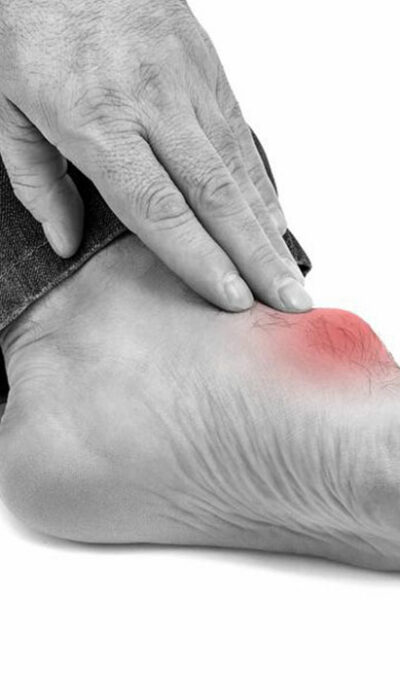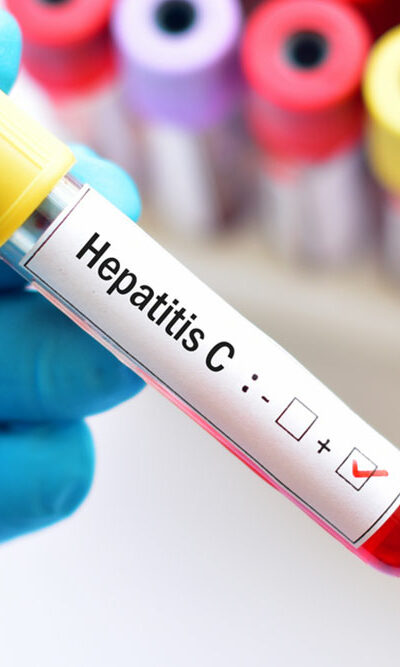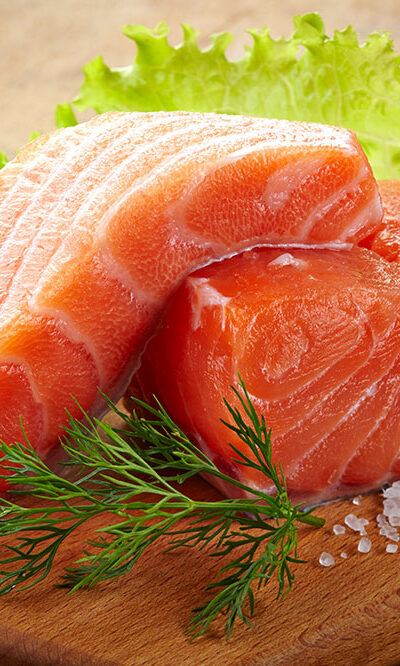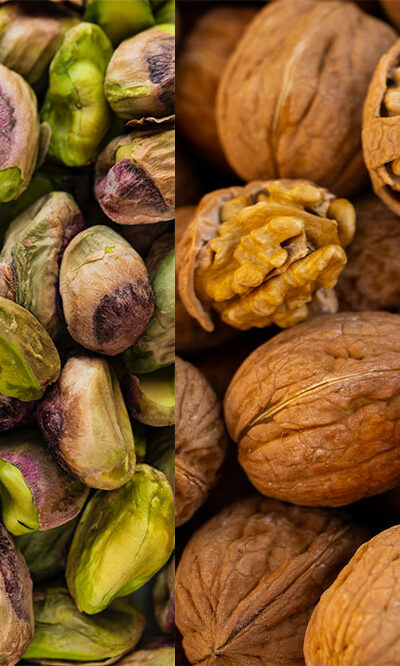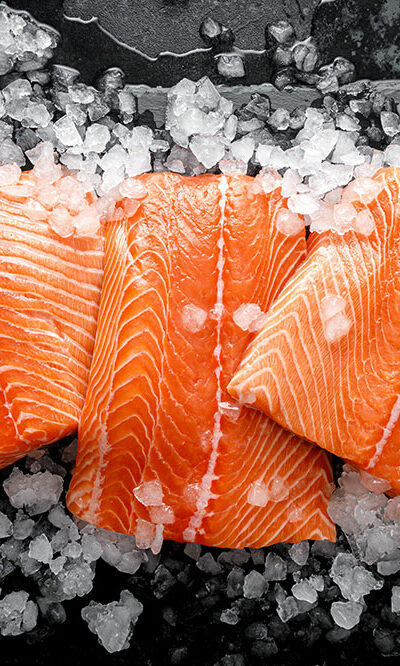
Different Procedures to Treat the Complications of Atrial Fibrillation
Atrial fibrillation or AFib is the most common of all kinds of serious heart arrhythmia. The main cause behind it is abnormal electrical signals in the heart. These signals cause the upper chambers or the atria of your heart to quiver and fibrillate. This fibrillation results in irregular and fast heartbeat. People with AFib may never have any symptoms but suffer from serious complications. The irregular beating will cause the blood to pool in your atria. This will cause clots which will travel to your brain and result in stroke. People with this condition are at five times higher risk of getting a stroke than those without this condition. AFib worsens heart conditions as well as heart failure. However, there are several options available to treat this condition including surgery, medications and other procedures. Lifestyle changes can help in the betterment of this condition as well. Find out below the several ways to treat AFib: The Goals of the Treatment Your physician will plan a treatment strategy to manage your AFib. There would be three goals primarily to address the issue: Restoring normal heart rate. Preventing blood clots. Restoring normal heart rhythm. All these three goals can be achieved using medicines. However, if medicines fail to restore your heart rhythm, there are other options available for surgery or medical procedures. Drugs to Prevent Blood Clots One of the most common causes of premature death in patients suffering from AFib is a stroke. The increased stroke risk is a major concern. There are certain medications that your doctor would like to suggest to prevent the formation of clots that may cause a stroke. These drugs include: Rivaroxaban Warfarin Edoxaban Apixaban Dabigatran The doctor would run a check on your blood regularly to ensure that the medicines are working. Medicines to Restore Normal Heart Rate Another important step in treating AFib is to slow down the heart rate.




